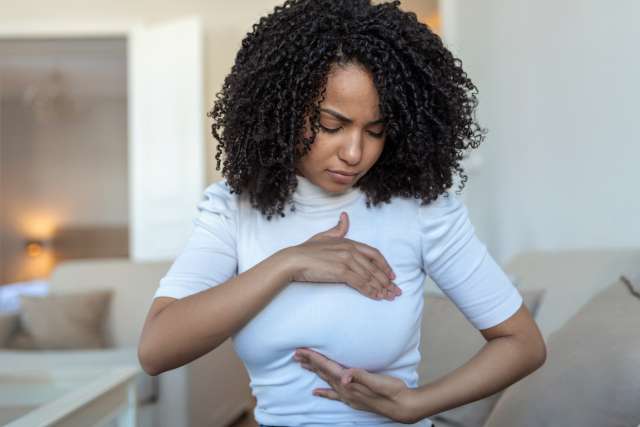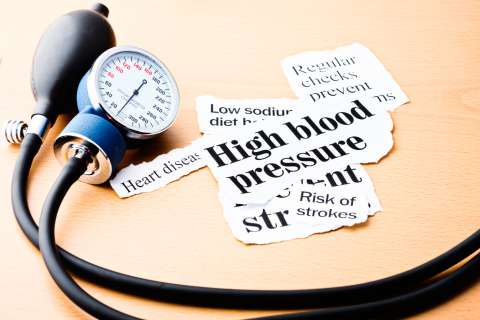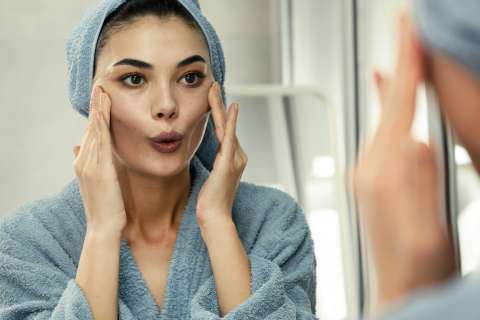When it comes to breast self-examinations, chances are you fall into one of two categories. Either you religiously do breast self-checks on the same day every month — or you forget most months and feel guilty about it.
Turns out, there’s a third option: Don’t do self-exams and don’t feel guilty about it. “Most medical professionals no longer recommend breast self-exams,” says Carlie K. Thompson, MD, a breast surgical oncologist at UCLA Health.
Learn about the current recommendations for self-breast exams and what you need to do to stay on top of your breast health.
The importance of getting to know your breasts
One reason physicians used to advise women to do monthly self-breast exams was to help patients know what looked and felt normal for their breasts. That way, it would be easier to notice anything new or different.
That concept still holds true. “You have to be familiar with your breast tissue in order to know if something has changed or if something new has developed,” says Dr. Thompson. “Being familiar with your breast tissue involves looking at it and feeling it occasionally.”
While that may sound an awful lot like a breast self-exam, Dr. Thompson emphasizes that the difference lies in the frequency and thoroughness. “There’s no longer pressure on women to do a strenuous or formal self-exam every month like there used to be,” she says.
In lieu of monthly exams, you should stay aware of how your breasts look and feel. When you’re getting dressed, notice if there are any changes to the skin texture on your breasts. Check that your nipples look as they always have (not inverted, no change in color, no discharge). While showering, feel your breasts to see if there are any changes to the texture of the tissue, or any areas that feel hard.
For premenopausal women, the best time to examine your breasts is during the week after your period starts. “This is when the hormones estrogen and progesterone — which stimulate the breast tissue to be firm, swollen and lumpy — are at their lowest levels,” says Dr. Thompson.
Why the self-breast exam recommendations changed
Changes to the recommendations about doing breast self-exams — as well as doctors’ clinical breast exams — are based on current research. “Several studies have shown that breast self-examination does not improve breast cancer detection or mortality,” says Dr. Thompson. “Self-exams do, however, increase the rate of false-positive biopsies and patient anxiety.”
The American Cancer Society doesn’t recommend breast self-exams or clinical breast exams for women at average risk of breast cancer. If you are at high risk for the disease, talk to your physician about whether you should do self-exams on a regular basis.
When to see a doctor for breast screening
Most breast cancers in the United States are diagnosed through breast cancer screening, such as mammograms. Annual mammograms for women 40 and older are the best tool for early detection of breast cancer, but being familiar with your breasts and noticing any changes can also be lifesaving.
“About 15% of breast cancers present with a lump or other symptoms that aren’t detected on mammograms and about 30% present with a lump or other symptoms between screening mammograms,” says Dr. Thompson.
If you notice a lump or any other change to how your breasts look or feel, don’t wait for your next scheduled mammogram. Make an appointment with your doctor so they can assess you and, if necessary, order additional screening.
“It’s safest to bring a new breast lump or other symptoms to the attention of your doctor as soon as you can,” says Dr. Thompson. “In most cases — especially in younger women — breast lumps are not cancerous, but it’s helpful to get a doctor’s opinion.”




